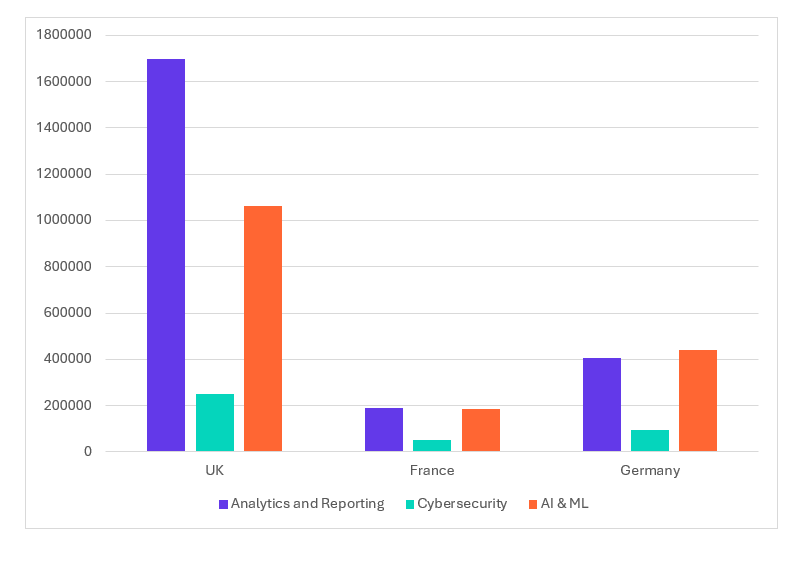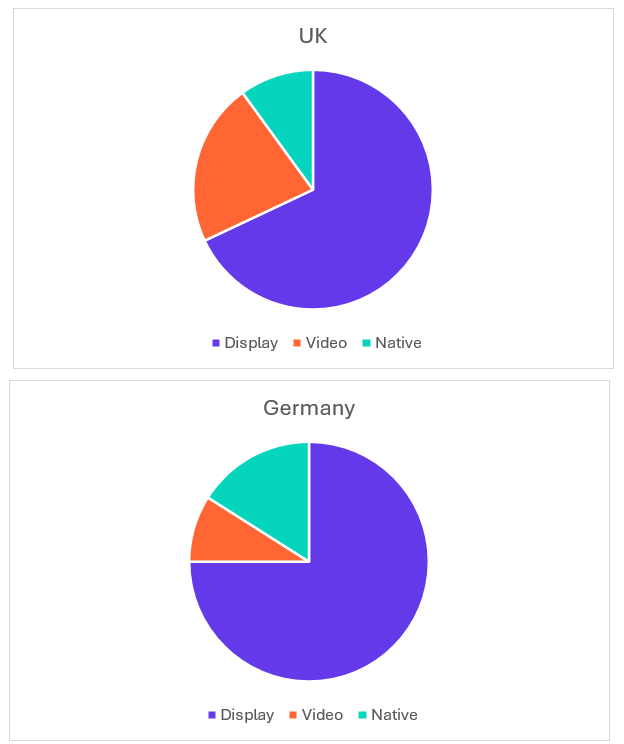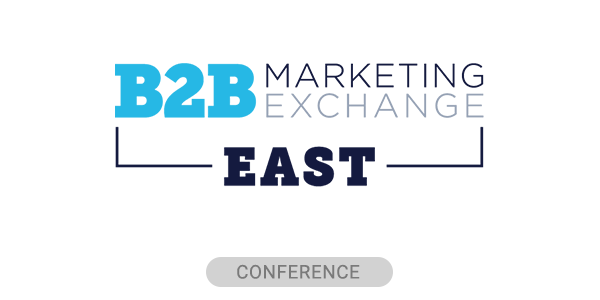“Should we translate our ads?”
Working at a global B2B marketing agency, this is a common question, particularly via in-region media teams. It’s an interesting one that usually triggers debate over the value and benefits of translation.
While typically the answer would be “yes,” the language of ad copy on an ad platform is actually the tip of the iceberg when it comes to “localizing” a campaign.
Is Localization Even Worth It?
Is the cost of developing five different language versions of the same assets going to yield results? If conversion uplift is minimal, allocating that translation budget into further paid media may ultimately generate stronger MQL/lead volumes. And that’s not considering the adverse impact regional segmentation can have on paid platform bidding efficiencies.
Incremental conversion and performance gains will bring fruit in a large-scale campaign, but may not be realized at smaller budget levels.
In a world of static budgets and growing targets, allocating more Dollars, Euros or GBP may be what delivers results.
Translation vs. Localization
If there are concerns of delivering content in the wrong language, is there equal consideration of what a specific audience actually wants to hear? So often we see a direct translation of ad units, but does that message carry through across all markets? Differing market maturities and legislations can significantly impact the tech space.
Taking the example below comparing research trends around technology categories, really ‘localising’ to the German and French markets would be less about translating Analytics and Reporting content to the relevant language, but addressing audience preferences and promoting AI and ML messaging:

Bombora Insights
And if we really want to geek out on addressing the in-region audience preferences, the campaign focus and budget distribution for the UK would differ significantly from France and Germany, alongside needing more to capture the high volume of interest.
In addition to the topic, true content localization can look to the most used formats. Research below of ads delivered to CIOs in the UK and Germany shows lower use of video in the German market.

Trade Desk insights
This data suggests reduced appetite for video content, so creating further display and native assets may provide greater value and meet the regional trend than a direct video translation.
From differing search trends through to device usage, media planners can localize campaigns in so many ways. For example, Xing as a platform is used nigh exclusively in the DACH market.
Audience Over Placement Planning
Alongside the value of translating content, a recurring query for in-region planning is the selection of localized publications. “Who do you work with in France?”
Let’s be clear: there is always value in using such publishers. They can play a valuable role in an integrated media campaign, particularly when looking to drive advocacy. However, it is not the only way.
The leading names in tech publishing have extensive reach and are frequently global, and perhaps have an even greater reach in-region than a native publisher. And unsurprisingly, the likes of Bloomberg, Foundry and Wider have some sway and repute beyond English-speaking markets.
Regardless, simply going by name is not truly localizing. Opting for an audience-first strategy, where the reach and affinity of the audience are the selection criteria, is key to driving performance.
For example, research conducted into the media preferences of IT decision-makers in France and Germany shows that local tech resources are indeed popular. However, in Germany, some of the aforementioned tech news behemoths with headquarters in the U.S. over-index (source: Telmar). So in this example, a balanced global vs. in-region placement strategy would actually be the most relevant and tailored to the German audience, rather than sticking to a local publisher list.
In my day-to-day role, I create detailed persona profiles for my clients to represent key decision-makers and influencers across multiple countries. This insight shows fascinating differences in the format of media consumed, frequency of social channel usage, and preferred publications, to help define what an audience first strategy looks like.
End-to-End Translation and a Connected Experience
At this point, we’re still considering what the ad is and where it appears, but we haven’t touched on what happens next. And this is one of the key factors in answering the complex question asked at the beginning of this piece.
You’ve decided to translate your LinkedIn or paid search ad copy, and click-through rates (CTRs) are booming. But what happens next? To avoid disconnects in the experience, the ongoing user journey needs to follow in the same vein. Translated landing pages, omnichannel nurtures and follow-up are required to ensure that any ad translation performance enhancements are not lost.
We have seen examples of significant platform metric improvements through translation, but then a poor (and untranslated) landing experience has seen conversion tank, so the vanity metric of CTR and the rest is just that.
Simply directing to a translated landing page isn’t good enough; the content still needs to meet audience needs and provide value to deliver impact.
Some points above reinforce the sheer scale of localizing a campaign beyond a few ad translations, and why “should we translate these ads?” doesn’t have a straightforward answer. In an ideal world, we would always advocate localizing and moving towards personalizing. It’s critical to consider how far you can go to deliver a winning experience. It isn’t all about language.
Might delivering the right message, in the right way, in the right place and at the right time, provide more impact than a translation? Quite possibly. If they can read it, that is.
Conor Bant is based in the UK and has 10 years of experience delivering media strategy and planning. He works with our biggest global clients to build campaigns that stand out.







